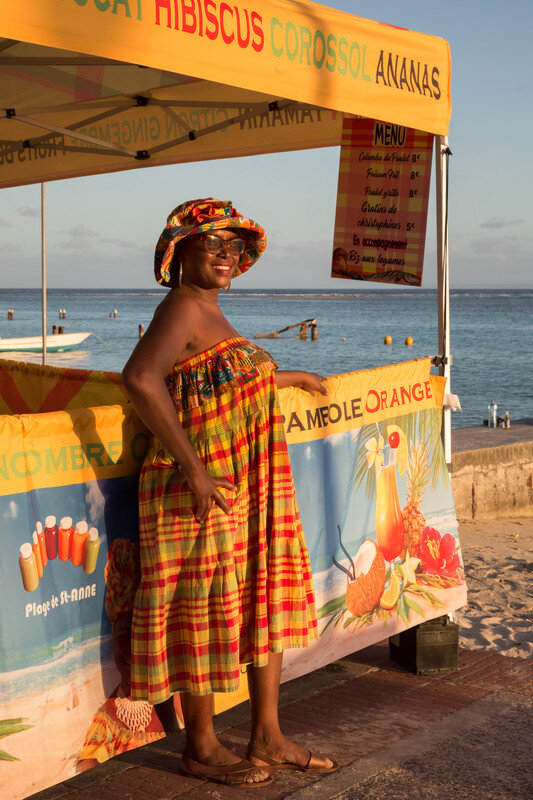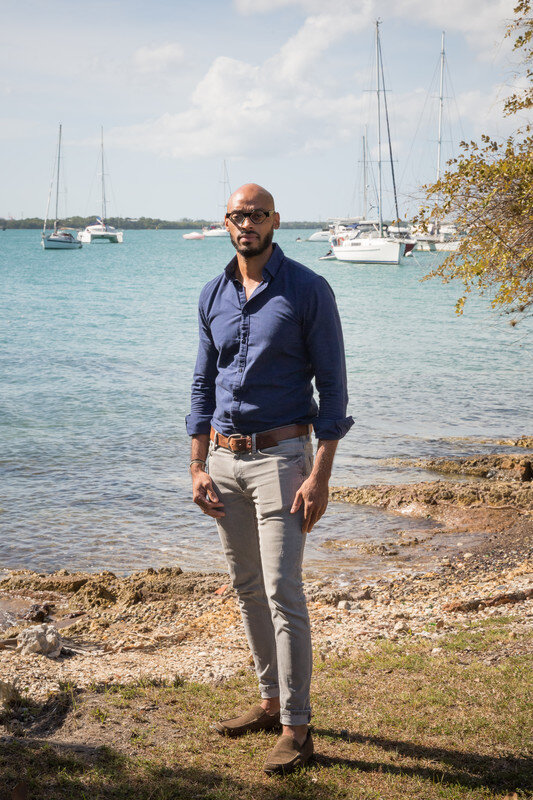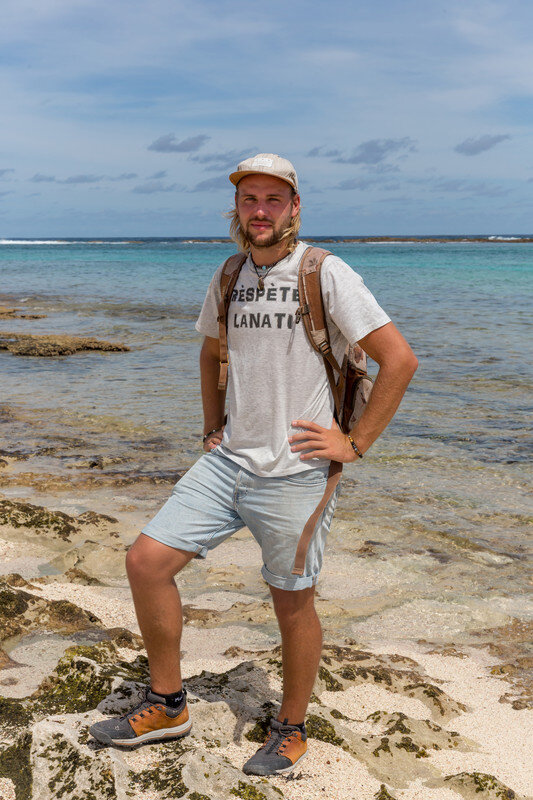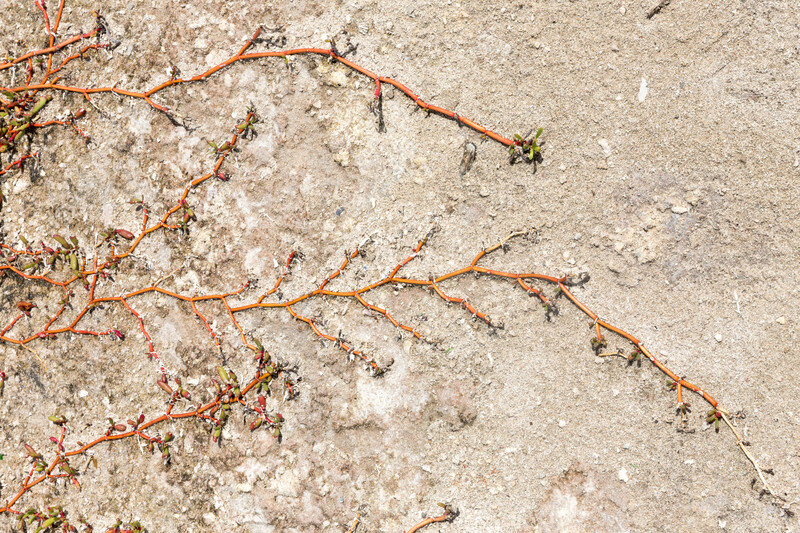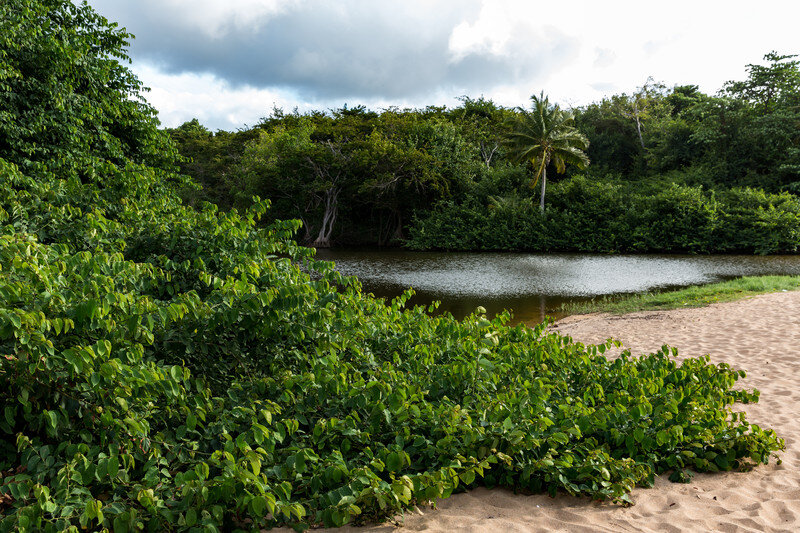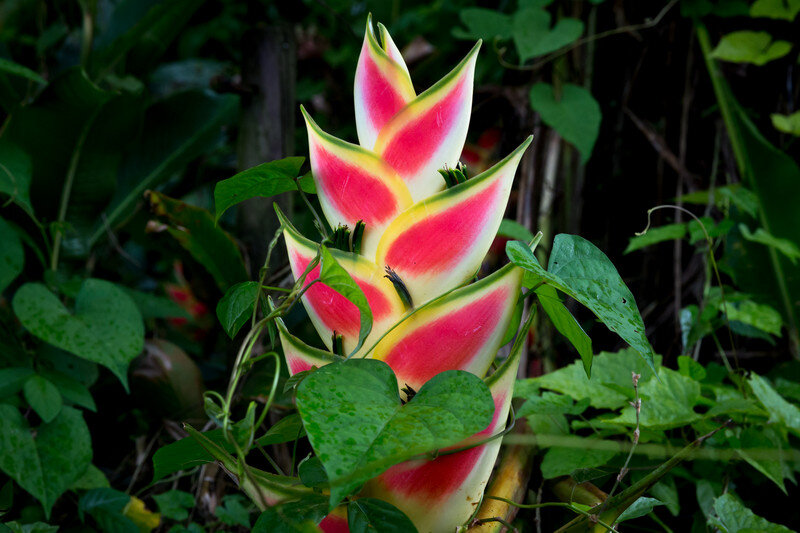The Two Sides Of The Caribbean Butterfly
© Thomas Girondel (photos)© Katharina Knappe (words)
Guadeloupe during the pandemic: a mandatory break for tourism vs. a respite for nature – a chance for the introduction of a green tourism
The archipelago of Guadeloupe, which belongs to the West Indies Volcanic Island Arc in the Caribbean, is located in the south of the Tropic of Cancer. Its two main islands, coral Grande-Terre and volcanic Basse-Terre, are separated by the Salty River and occupy together with the dependencies Marie-Galante, la Désirade and les Saintes Islands a territory of 1,780 km². Engulfed between the Caribbean Sea and the Atlantic Ocean, the archipelago boasts both a dry and wet tropical climate and therefore abounds in an exceptionally rich flora and fauna that populate fascinating ecosystems and landscapes, both terrestrial and marine. Consequently, in 1992 UNESCO designated it as one of the 34 hotspots of world biodiversity.
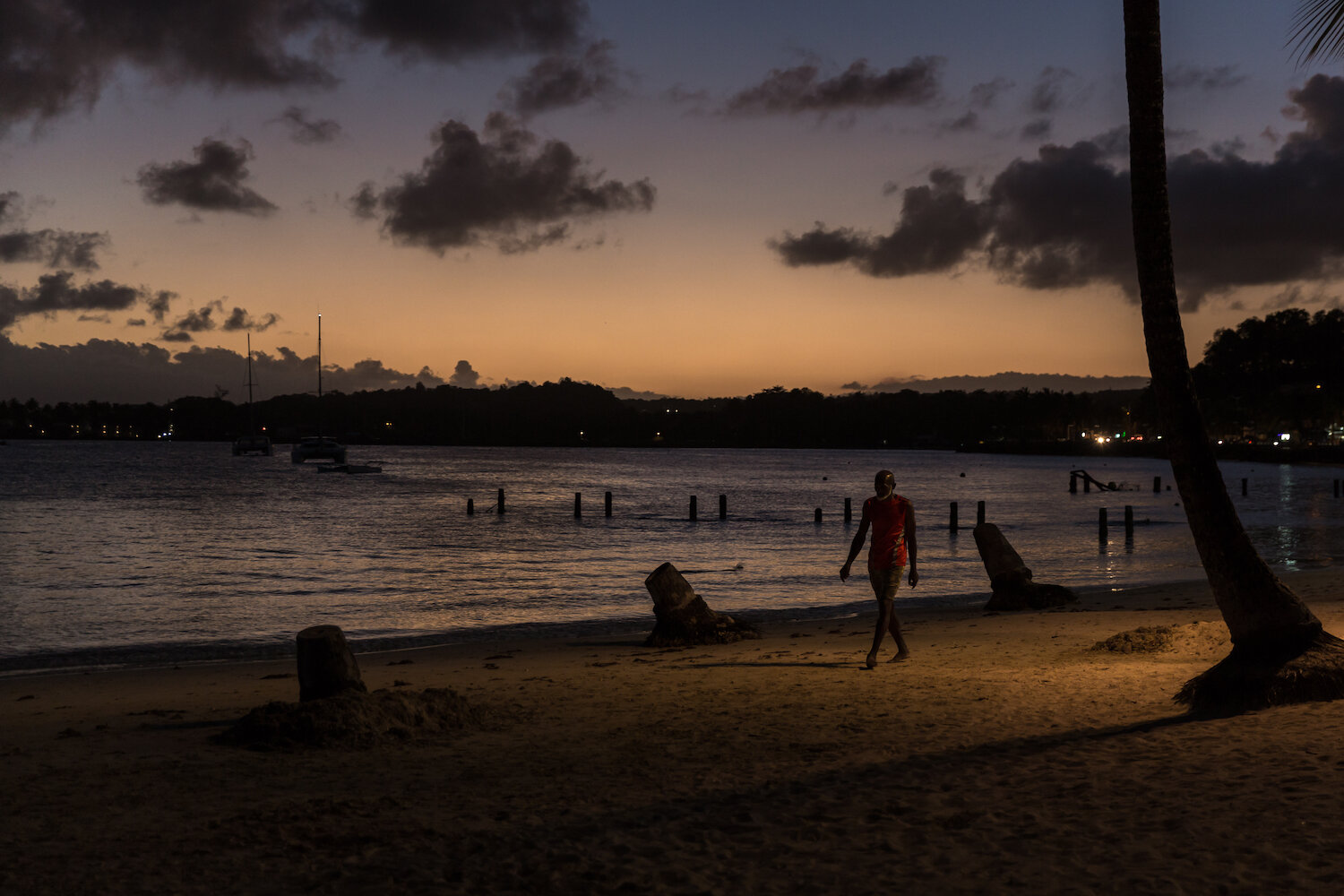
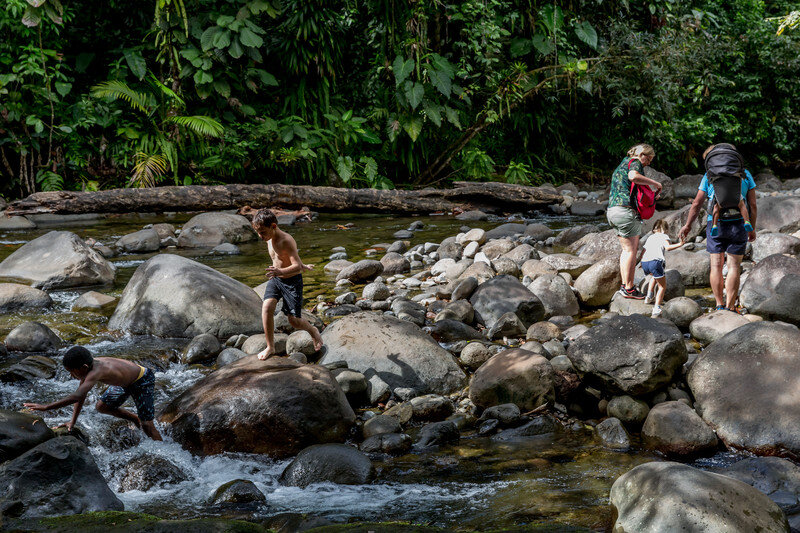
This remarkable insular environment also led to the creation of the Guadeloupe National Park in 1987, one of the few in France. Its territory extends over a tropical forest dominated by the active volcano of La Soufrière on Basse-Terre, the lagoon of the Grand Cul-de-Sac Marin, the islets Kahouanne and Tête à l'Anglais, and the protected marine reserve Cousteau. Half of the tourists who come to Guadeloupe visit the major sites of the park. In addition, the Pointe des Châteaux on Grande-Terre–a major place for the biodiversity of the island and its migratory birds–attracts 550,000 visitors per year, which makes it the most visited place of the archipelago.
For years, the French overseas department has been welcoming people from the mainland, also called “la métropole”, and other French-speaking countries searching for paradisiac landscapes and wishing to escape their winter. Taking the natural assets and the ideal climate of this territory into account, the French government has started betting on tourism in the 1970s. While competition in the Caribbean for the attraction of visitors is fierce, mass tourism has never really worked in Guadeloupe due to high living costs as well as the language barrier for non-French speakers. Still, the tourism industry was boosted by the liberalization of air transport in the 1990s and in 2019 it broke all records with 808,000 visitors registered at the Pôle Caraïbes airport in Pointe-à-Pitre.

However, tourism came to a halt in March 2020 when the French authorities introduced a nationwide confinement due to the global pandemic Covid-19. During summer tourist numbers recovered somewhat and while the archipelago was preparing for its touristic high season, the new lockdown of October 30 robbed the French once again of their freedom of movement. In search of a loophole and reassured by the low case numbers on site and the insular character of the French overseas department that poses a natural bulwark, 40,000 French people took advantage of bargains to spend their end-of-year holidays in Guadeloupe.
The second wave on the islands turned out to be more fatal though, due to imported cases (167 cases of death on January 3, 2021, compared to 13 in the month of May 2020) as well as a fragile local health system that is already suffering from co-morbidities. Thus, the compelling reasons re-introduced on February 2 put an immediate halt to the fragile recovery of passenger traffic observed in January. Only family and friends visiting as well as retired people can enjoy the heavenly landscapes now. However, these visitors do rarely consume touristic services or products. With a record number of cancellations, the tourism sector has collapsed since then. Isolated and 6,754 kilometers away from the French mainland, the archipelago has been facing an unprecedented health, tourism and economic crisis by itself: in the first nine months of 2020, French census INSEE (National Institute of Statistics and Economic Studies) has recorded a drop of 47 % in the number of tourists.
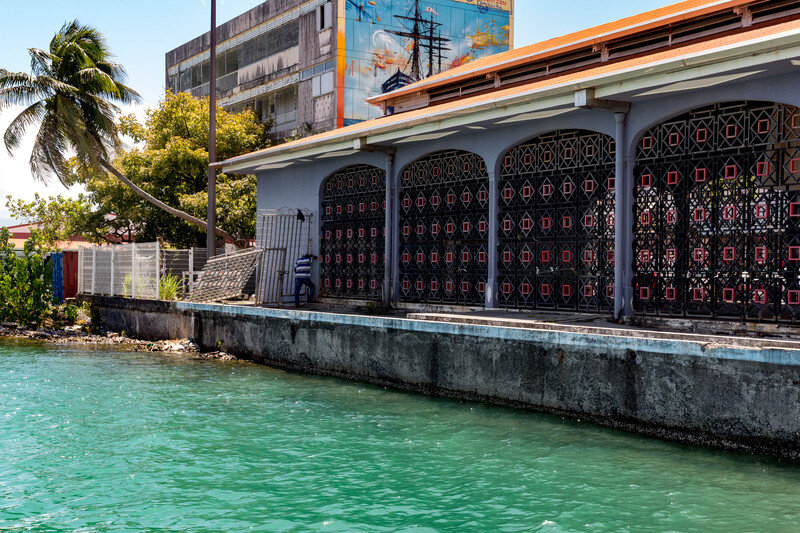
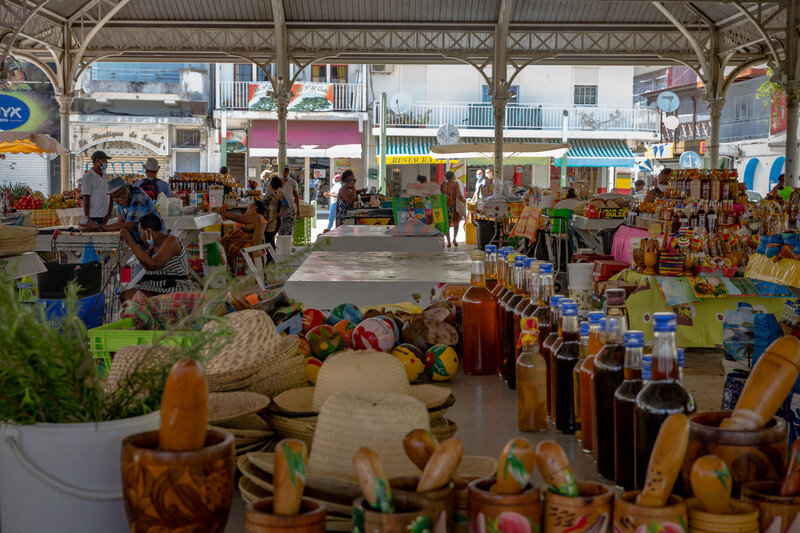
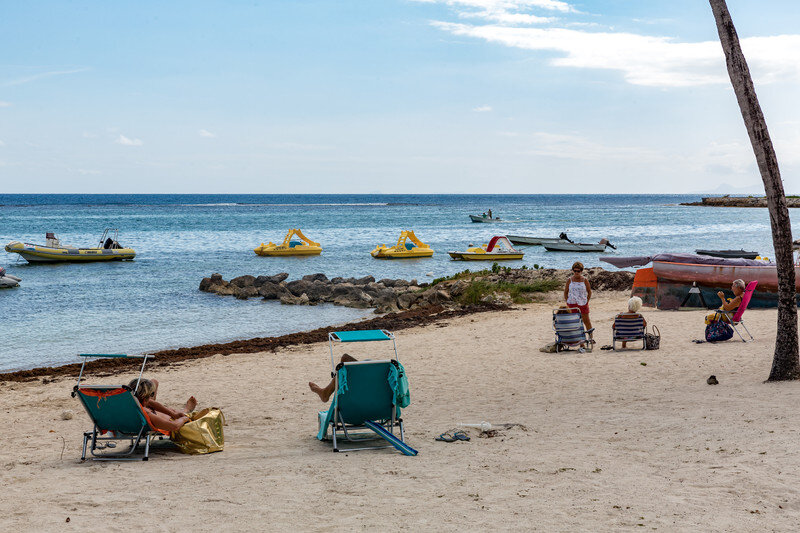
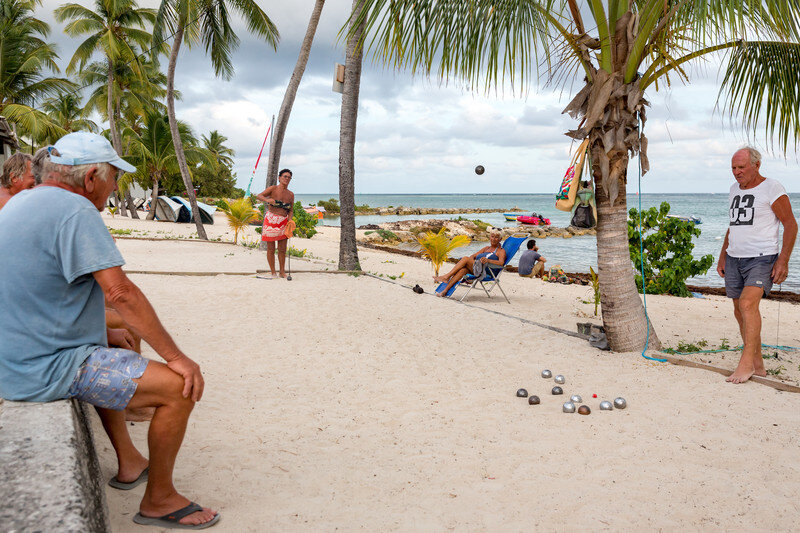

The French State faces a complex situation: it has to protect the archipelago and its population from the pandemic while at the same time being aware that tourism– injected in the local economy–generates 800 million euros each year. Indeed, this key sector, which accounts for 4 % of the regional GDP (7% excluding the non-market sector), provides a large part of the local population with a living. From street vendors to restaurant owners and managers of lodges: the whole island relies on tourism. In lack of perspectives, the locals and the actors of the industry struggle to understand the governmental guidelines. Dealing not only with a fragile local health system but also with the threat of poverty and the properties’ takeover by real estate agencies, small family-owned businesses are struggling not to shut down while at the same time preparing themselves for the apprehensively anticipated next wave of tourists as best as they can. The question of the survival of tourism in times of the pandemic seems essential to the territory.


But there is also a third factor to consider: nature. While a stream of visitors is usually attracted by the exotic natural sights, its impact on the local environment is not negligible. Due to the afore-mentioned restrictions, the Guadeloupean biodiversity has benefited from a respite since the pandemic has kept the planet in suspense: during lockdown, access to the natural sites was prohibited for two months, and the travel restrictions that are currently still held in place limit the number of tourists, especially from mainland France.
The usual rush of visitors in search of a change of scenery undeniably puts a constraint on the local environment: from the wild cutting of protected flowers, to the trampling of herbaceous plants on the beaches, and the disturbance of nesting birds, a large part of the flora and fauna as well as the coastline are subject to a strong anthropic pressure. Despite the efforts of local actors and supervisors to raise awareness among tourists and tour operators about the fragility of the ecosystems, some species have been absent for years and erosion can be witnessed.
So, while the pandemic represents an undeniable threat not only to the human health but also to tourism and the regional economy, it is a real hope for the Guadeloupean nature.
Some areas of the National Park of Guadeloupe are the greatest beneficiaries of the current measures introduced by the French authorities: the reappearance of plant and animal species, usually subject to snatching or noise disturbances, are the most visible examples. On the coastline, too, the flora has shown great resilience regarding the vegetative regeneration on certain beaches that are very busy during the touristic high season. At Pointe des Châteaux, a “must do” touristic spot, the absence of tourists has shown the lasting effect of human influence on nature: local migratory birds took advantage of the absence of humans to nest closer to the trails than usual, but then fell victim to human-dependent predators.
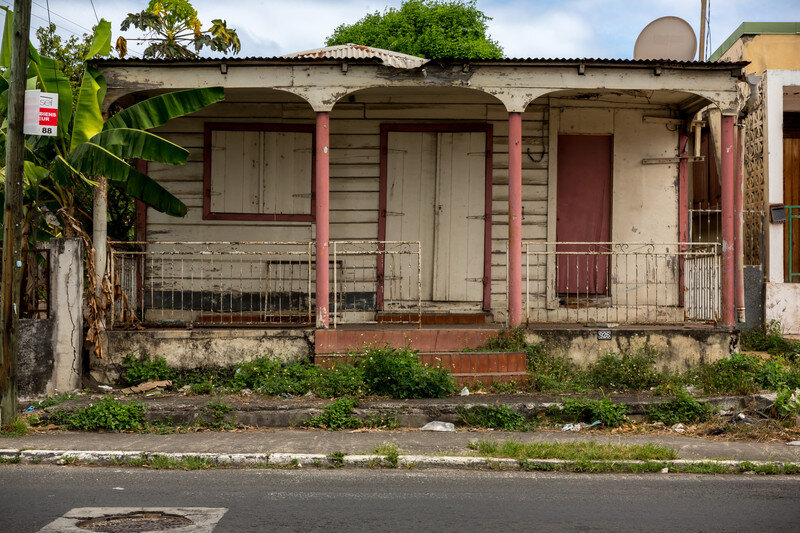
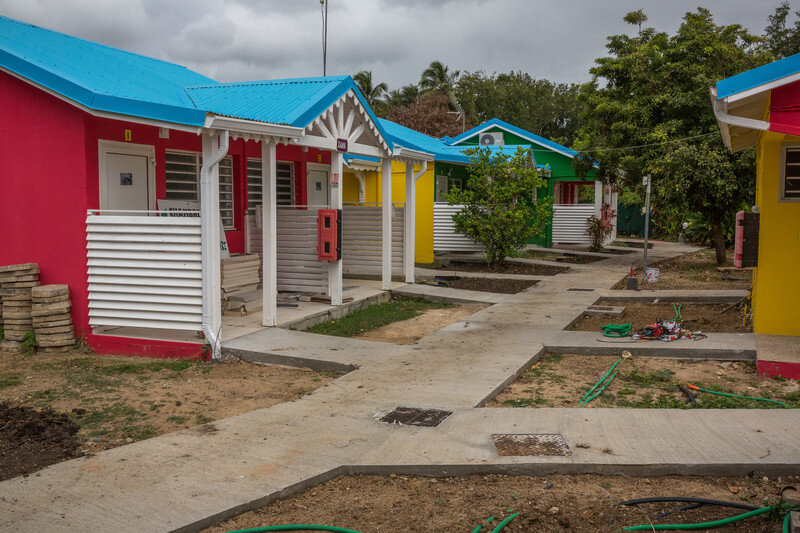
The mandatory break the pandemic poses for the economy and the respite it means for nature make it an ideal time to rethink and redesign the approach of tourism in Guadeloupe. Considered as one of the most beautiful and diverse islands of the Lesser Antilles, the actors of the tourism industry have the unique chance to develop a sustainable and green tourism, and invest for example in the development of a sportive and health-oriented approach to attract future visitors. The arrival of tourists could be seen not as a threat but as an opportunity to support the local health system and to finance development projects through a solidarity tourism tax (Yon a Lot tax proposal). In order to safekeep a unique natural sphere that is still mostly able to recover, a more environmentally friendly approach has to be considered, for example by introducing guided tours with a limited number of visitors. For the sake of man and nature, at the dawn of the lifting of sanitary restrictions, tourism in Guadeloupe has to be rethought and turned towards a more intimate and even selective green approach than just serving the masses.
click to view the complete set of images in the archive
